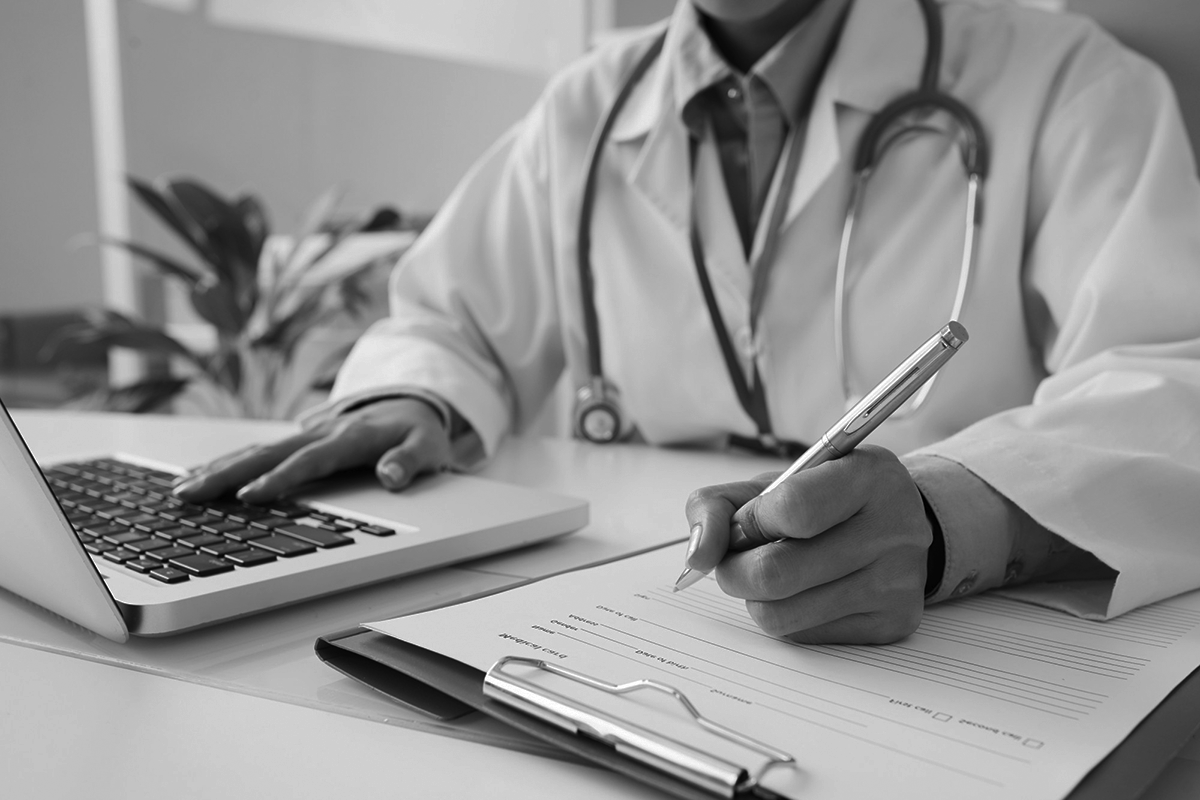Actively identifying potential hazards in patient care, including medication errors, infection control issues, surgical complications, and adverse reactions to treatments.
Analyzing the likelihood and potential severity of identified risks to prioritize which ones require most attention.
Providing ongoing consulting on healthcare practices, including proper procedures, safety guidelines, and early recognition of potential risks.
Encouraging caregivers to report any potential or actual adverse events, thoroughly investigating incidents to identify root causes and implement corrective actions.
Continuously monitoring and evaluating patient care practices to identify areas for improvement and reduce risks.
Open communication with patients and family members regarding potential risks, safety concerns and updates on health care strategies.
Implementing proactive measures to prevent risks from occurring, such as double-checking medications, and proper patient monitoring.
Taking steps to minimize the impact of a risk if it does occur, like having readily available medical supplies and equipment or well-trained staff to manage complications.
Acknowledging a risk that may be unavoidable but monitoring it closely and taking appropriate actions if necessary.

Double-checking medication orders and refills, adverse events and side effects and accessible medication administration.
Assessing fall risk factors, implementing fall prevention strategies, and providing appropriate assistive devices.
Utilizing standardized checklists to ensure all necessary steps are taken before, during, and after surgery.
Providing patients with information about their conditions, potential risks, and how to manage their health effectively.
Providing patients with nutrition counselors, chefs and licensed physical therapy/personal training specialists.


